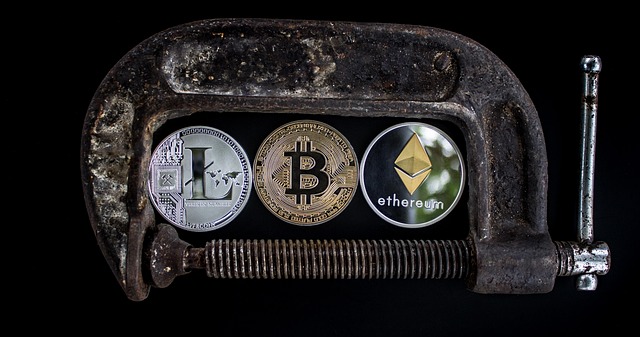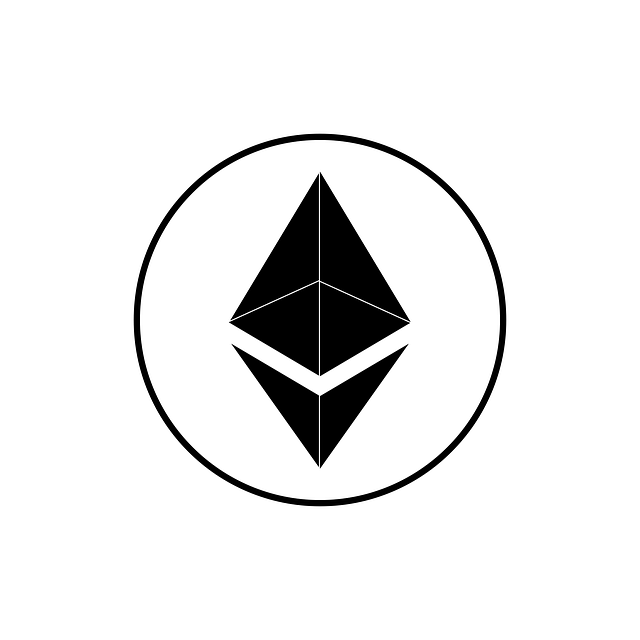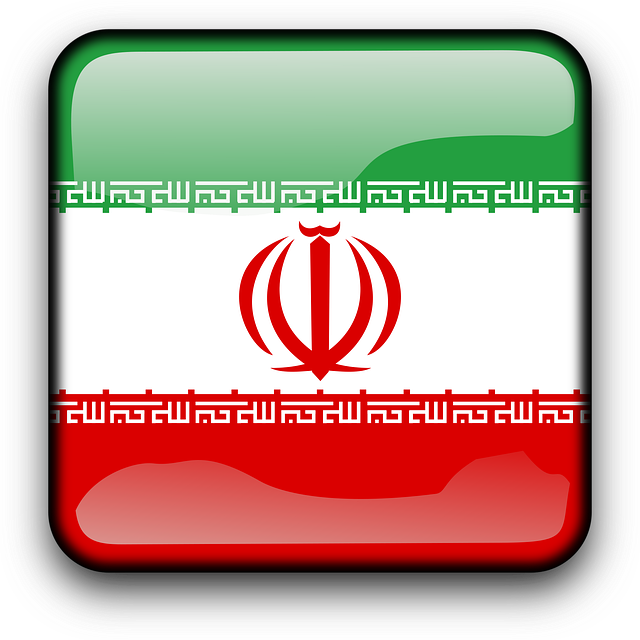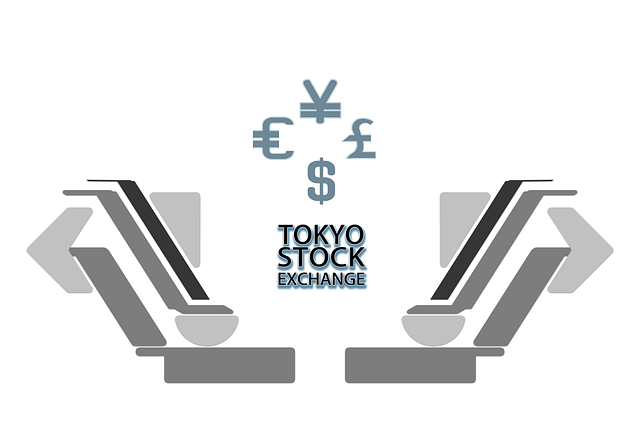
Web3 revolutionizes internet interaction by shifting from centralized control to a decentralized network where Ethereum leads with its innovative architecture and native cryptocurrency, Ether. Ethereum enables users to participate in a democratized digital economy while keeping data privacy and ownership in their hands through smart contracts and decentralized applications (dApps). This technology automates agreements, enhances transparency and security, and transforms industries like finance with decentralized finance (DeFi) and non-fungible tokens (NFTs). Ethereum's promising future includes upcoming upgrades that aim to enhance scalability and efficiency, positioning it as a key player in shaping the decentralized web.
“Unleash the potential of the decentralized web with Ethereum, the pioneering blockchain technology powering Web3. This article delves into the revolutionary role of Ethereum in transforming the digital landscape. Explore how it facilitates user privacy and data ownership while enabling secure, transparent interactions through smart contracts. Discover real-world applications spanning NFTs to DeFi, showcasing the benefits for both users and developers. Finally, peek into the future, as Ethereum continues to shape digital economies and redefine online experiences.”
- Understanding Web3: The Next Generation Internet
- Ethereum's Role in Decentralizing the Web
- Smart Contracts: Automating Agreements on the Blockchain
- Benefits of a Decentralized Web for Users and Developers
- Real-World Applications of Ethereum and Web3 Technologies
- The Future of Ethereum and Its Impact on Digital Interactions
Understanding Web3: The Next Generation Internet

Web3 represents a paradigm shift in how we interact with the internet, moving from centralized platforms controlled by a few powerful entities to a decentralized network where users have greater control over their data and digital assets. At the forefront of this revolution is Ethereum, a blockchain platform that has become synonymous with smart contracts and decentralized applications (dApps). Ethereum’s innovative architecture enables developers to build and deploy sophisticated dApps, fostering a more open and inclusive online environment.
By leveraging its native cryptocurrency, Ether, and a robust set of programming tools, Ethereum allows users to participate in a transparent and secure digital economy. This next-generation internet promises to democratize access to resources, empower creators, and redefine online interactions, all while ensuring data privacy and ownership remains in the hands of the user.
Ethereum's Role in Decentralizing the Web
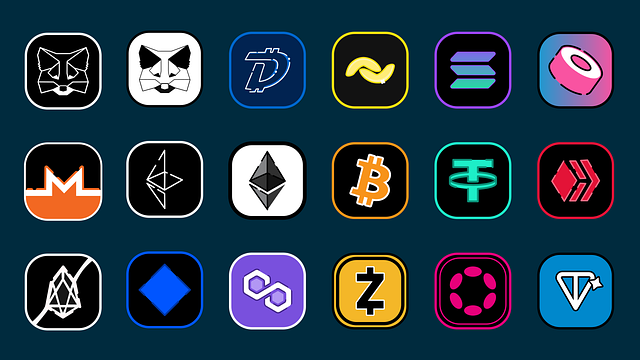
Ethereum plays a pivotal role in decentralizing the web by introducing blockchain technology to the digital landscape. It’s more than just a cryptocurrency; it’s a decentralized, open-source platform that enables developers to build and deploy smart contracts and decentralized applications (dApps). By removing intermediaries like banks, Ethereum allows for peer-to-peer interactions, ensuring data and transactions are secure and transparent.
This innovation is transforming how we interact with the internet. It empowers users with control over their digital assets and identity, fostering a more inclusive and democratic web. With its robust ecosystem of developers and growing community support, Ethereum continues to shape the future of decentralized technologies, pushing the boundaries of what’s possible in the ever-evolving digital realm.
Smart Contracts: Automating Agreements on the Blockchain

Smart Contracts, a groundbreaking concept introduced by Ethereum, represent a significant step towards automating agreements and transactions on the blockchain. These self-executing contracts codify rules and regulations directly into lines of code, ensuring that conditions are met before triggering predefined actions. By eliminating intermediaries, smart contracts enhance efficiency, transparency, and security in various industries.
The power of Ethereum lies in its ability to execute these contracts across a decentralized network, making it a game-changer for traditional systems. This technology promises to revolutionize the way we conduct business, facilitate exchanges, and ensure compliance, all while reducing costs and increasing trust among participants.
Benefits of a Decentralized Web for Users and Developers

A decentralized web, powered by Ethereum and Web3 technologies, offers a multitude of benefits for both users and developers. For users, one of the key advantages is enhanced privacy and security. Without centralized control, user data remains under their ownership and control, reducing the risk of surveillance and data breaches. This ensures that personal information is not exploited or sold without consent, creating a safer online experience.
Additionally, a decentralized web provides greater accessibility and transparency. Users from all corners of the globe can access applications and services without geographical restrictions, fostering inclusivity. Smart contracts on Ethereum ensure that every interaction is transparent and traceable, boosting trust among users and reducing fraud potential. For developers, this opens up new possibilities for creating innovative, user-centric applications with robust security features.
Real-World Applications of Ethereum and Web3 Technologies

Ethereum and its associated Web3 technologies are finding real-world applications across various sectors, revolutionizing traditional systems. One of the key areas is decentralized finance (DeFi), where Ethereum enables peer-to-peer lending, borrowing, and staking without intermediaries. This opens up financial services to a broader range of users, increasing accessibility and transparency.
Additionally, non-fungible tokens (NFTs) have gained significant traction due to Ethereum’s smart contract functionality. Artists, musicians, and creators can now mint unique digital assets, ensuring ownership and authenticity. This has led to new revenue streams and a thriving market for digital art and collectibles, pushing the boundaries of what’s possible in the virtual world.
The Future of Ethereum and Its Impact on Digital Interactions
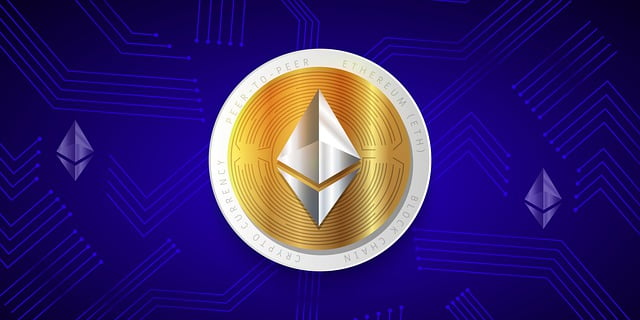
The future of Ethereum holds immense potential as it continues to shape and power the decentralized web. With its robust infrastructure, Ethereum offers a platform for innovative applications beyond cryptocurrency. Developers are exploring its capabilities in creating decentralized finance (DeFi) systems, non-fungible tokens (NFTs), and decentralized autonomous organizations (DAOs). These advancements suggest a future where Ethereum becomes an integral part of digital interactions, enabling users to have greater control over their data and online assets.
As the Ethereum network evolves, it aims to enhance scalability and efficiency through various upgrades. The transition from proof-of-work to proof-of-stake consensus mechanisms is a significant step towards sustainability and cost-effectiveness. These improvements will not only benefit the Ethereum ecosystem but also attract more users and developers, fostering a thriving digital environment where transparency, security, and decentralization are at the core of online experiences.
Ethereum is at the forefront of revolutionizing the internet as we know it, driving the transition towards a more decentralized Web3. Through its innovative smart contract technology and robust blockchain infrastructure, Ethereum enables secure, transparent, and user-centric digital interactions. As we look ahead, the potential for decentralized applications (dApps) to transform industries and empower users is immense. With Ethereum leading the charge, the future of the internet promises enhanced privacy, reduced censorship, and new opportunities for developers worldwide.

